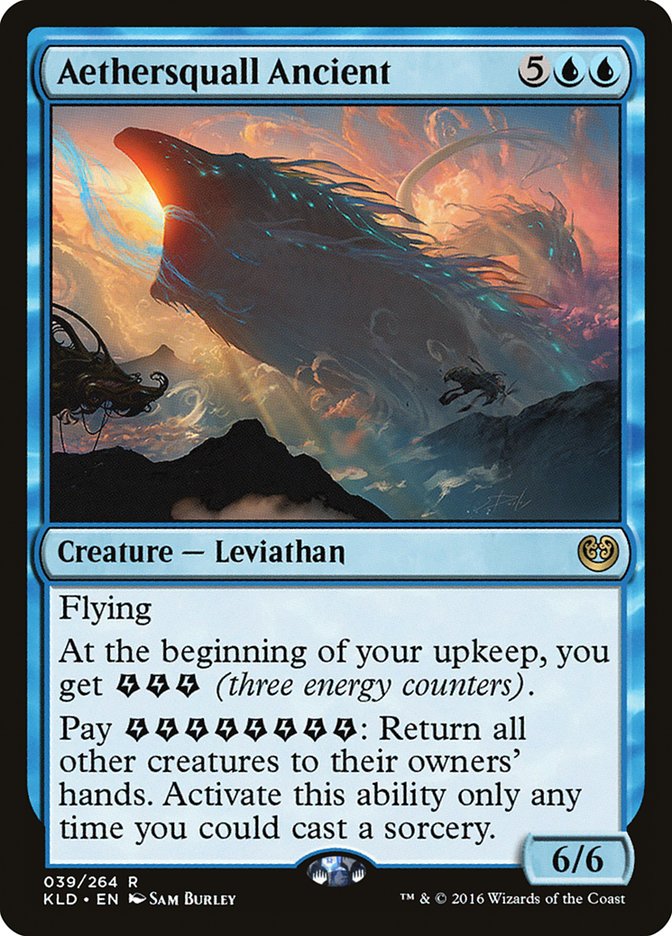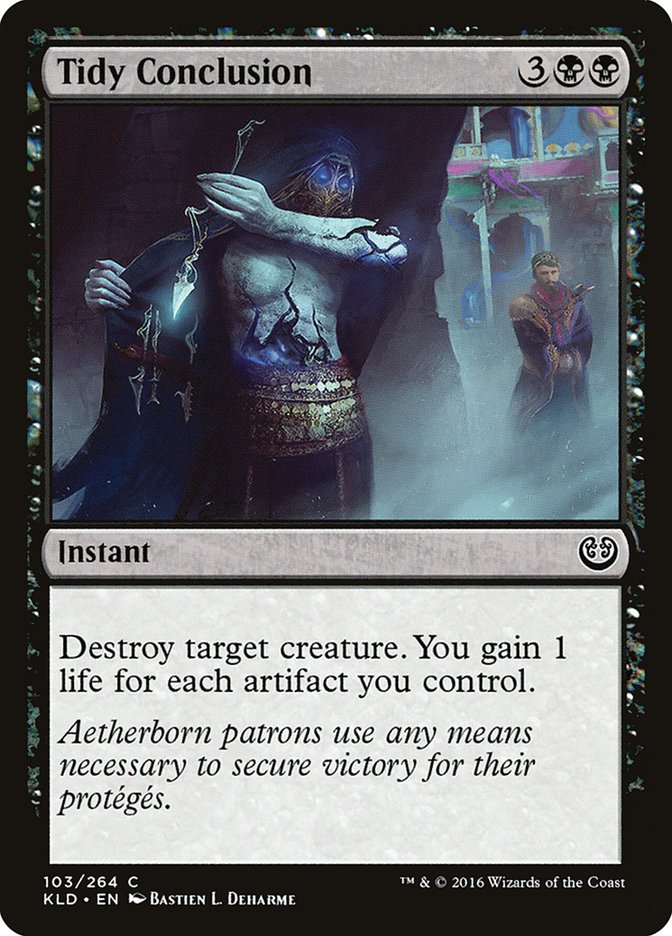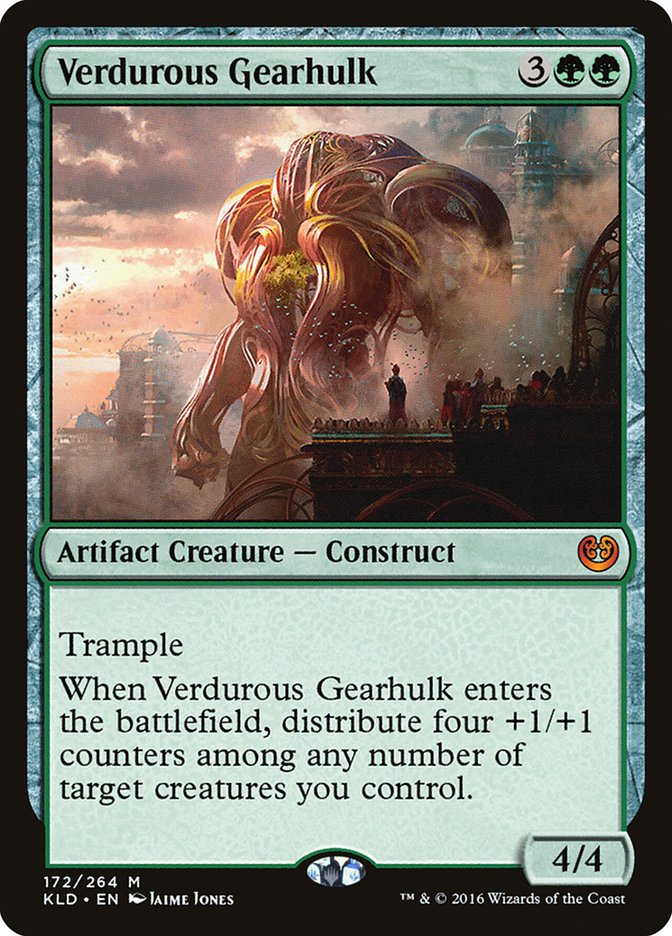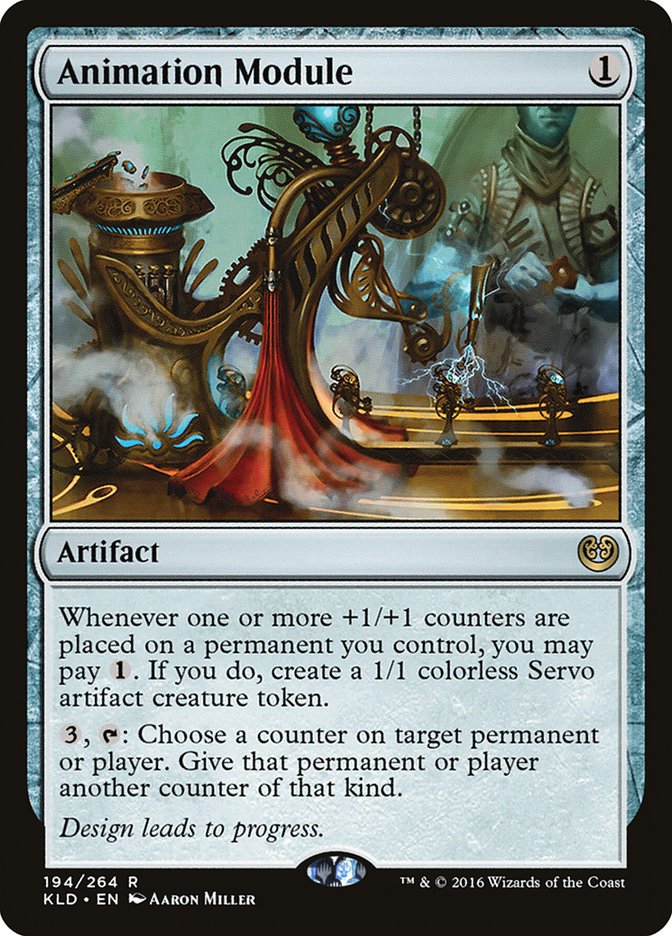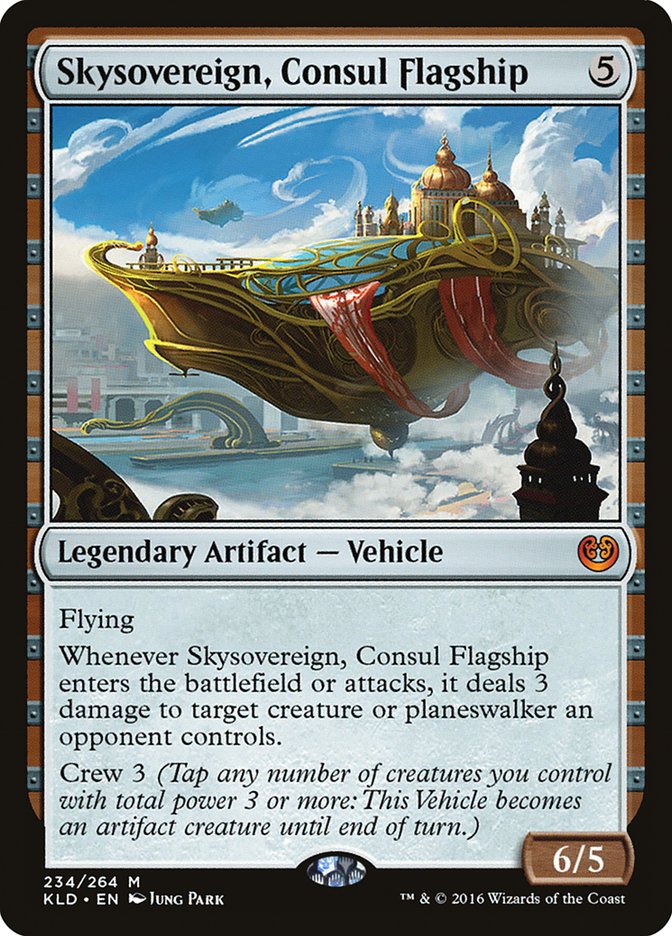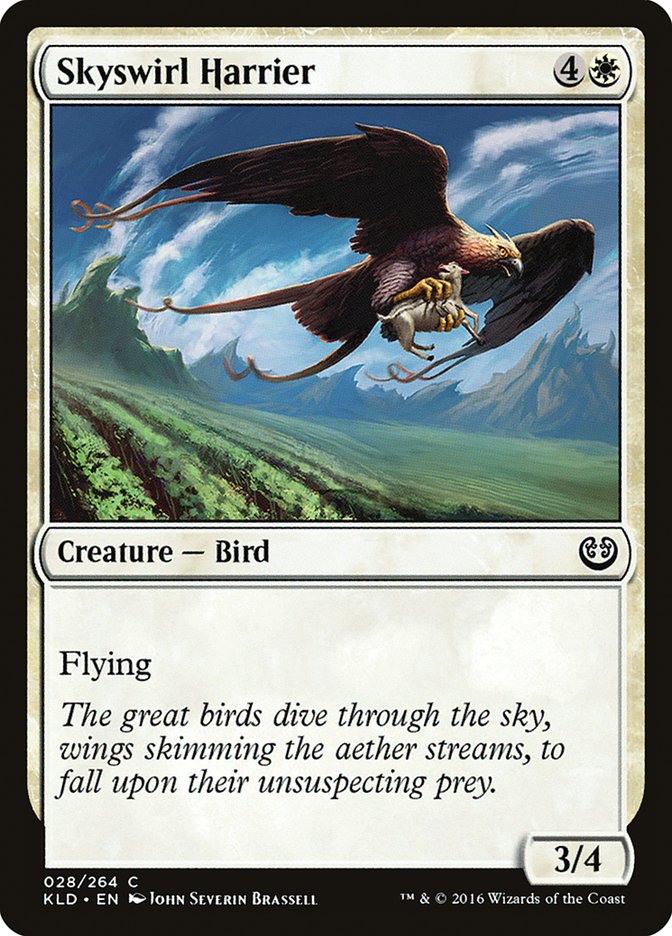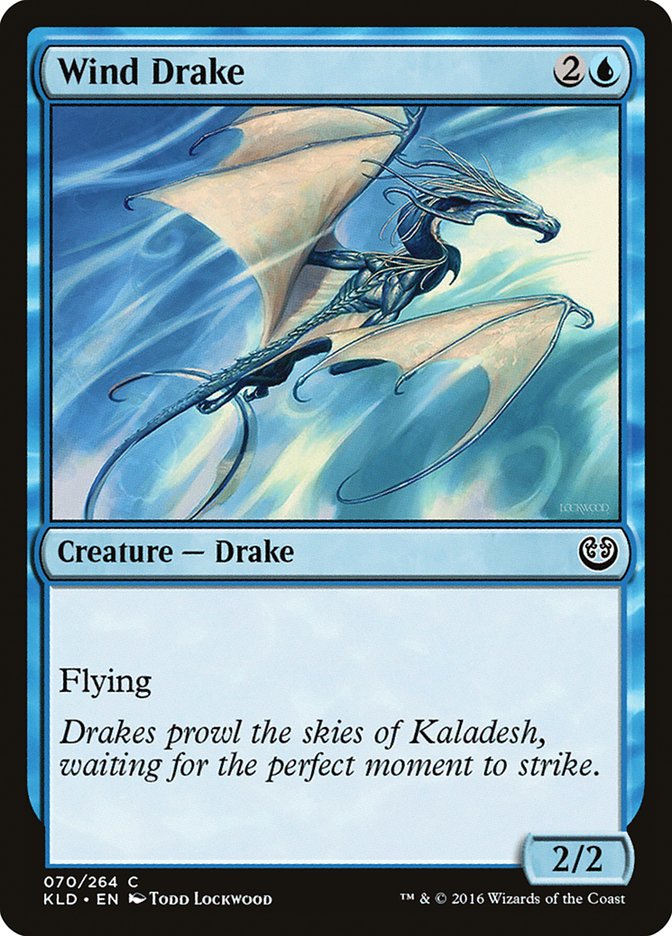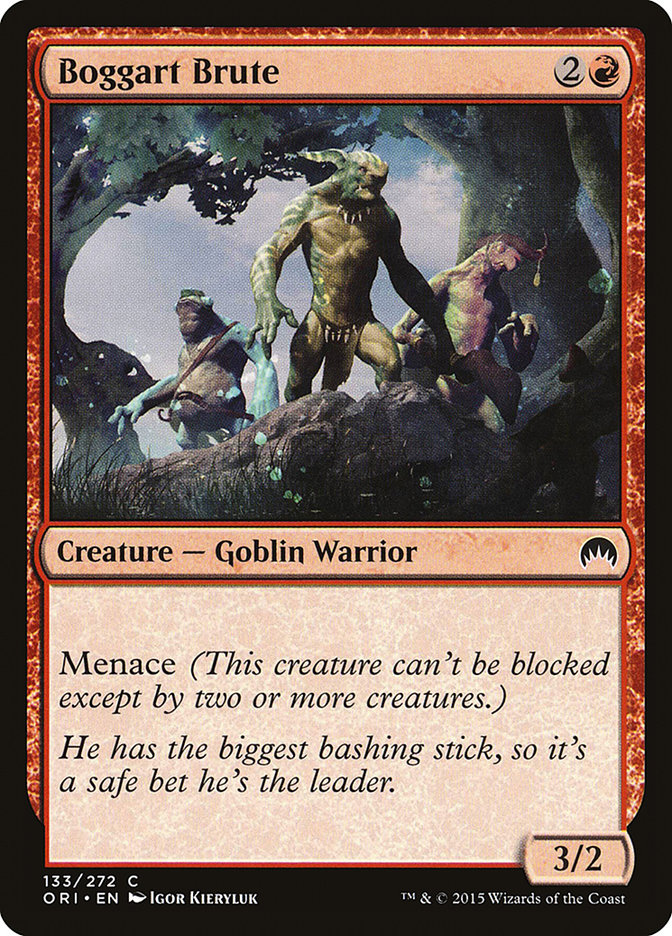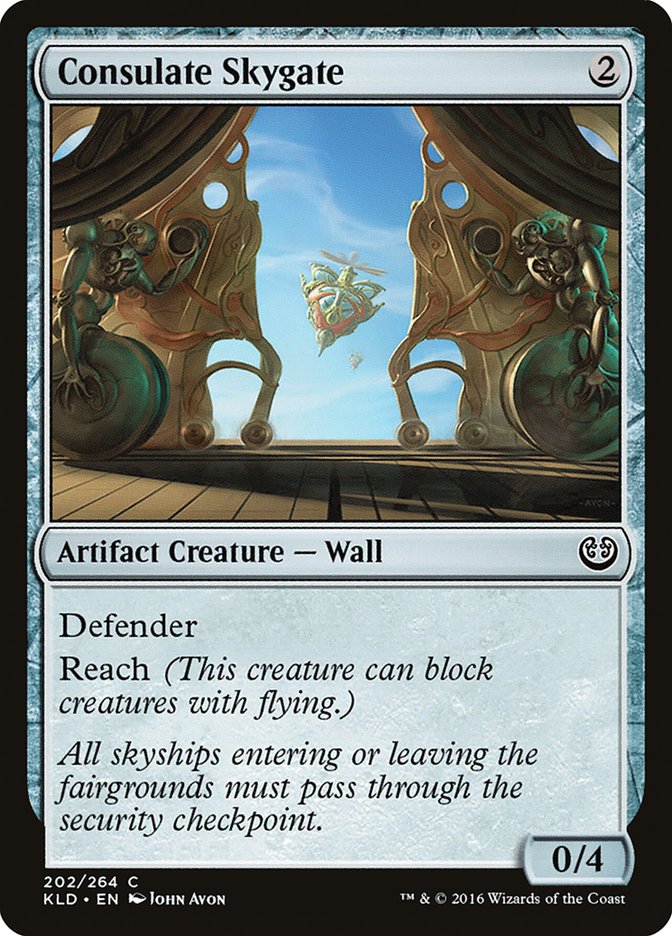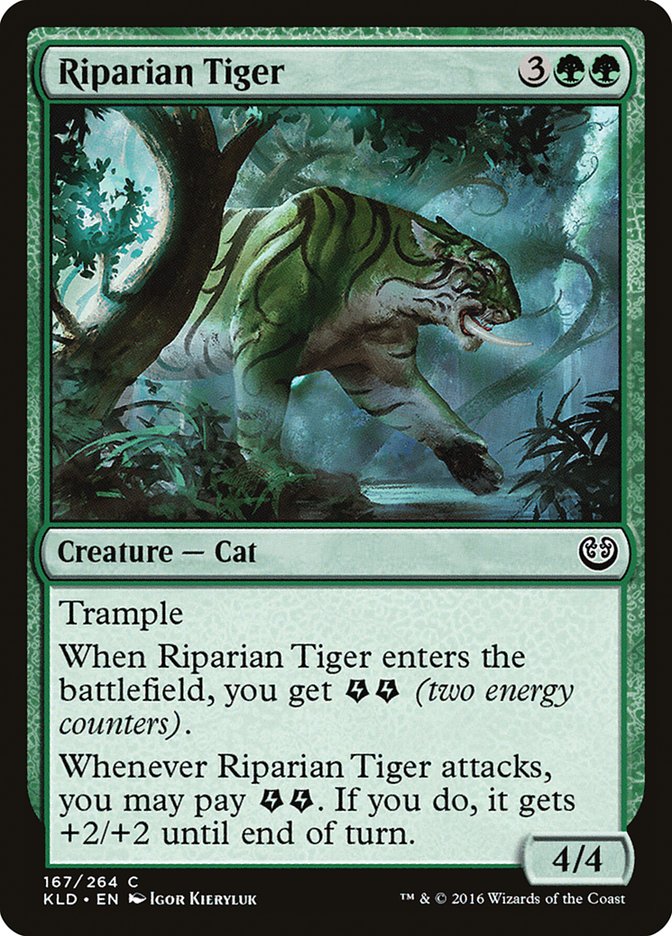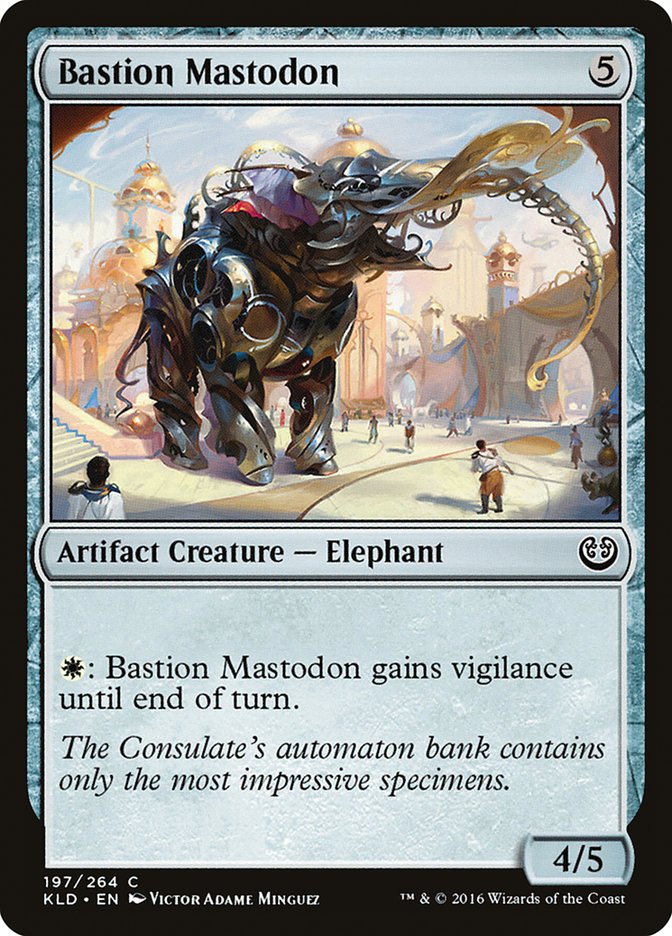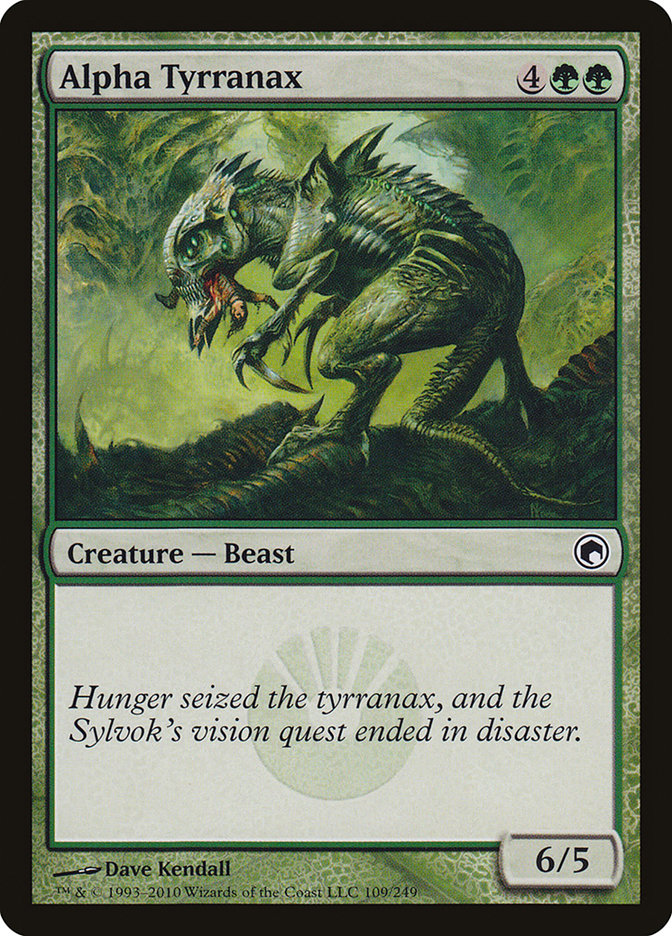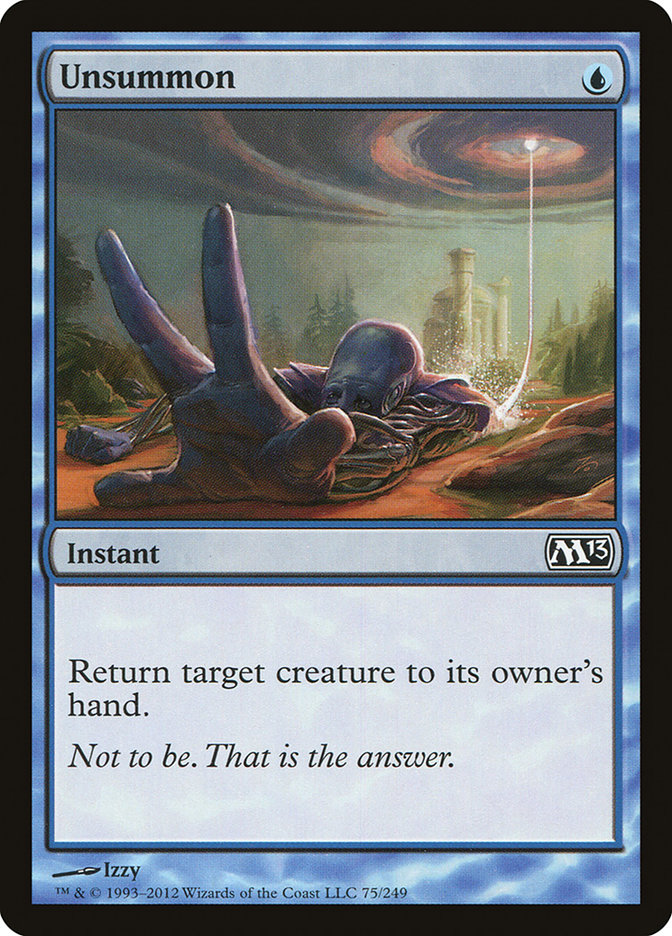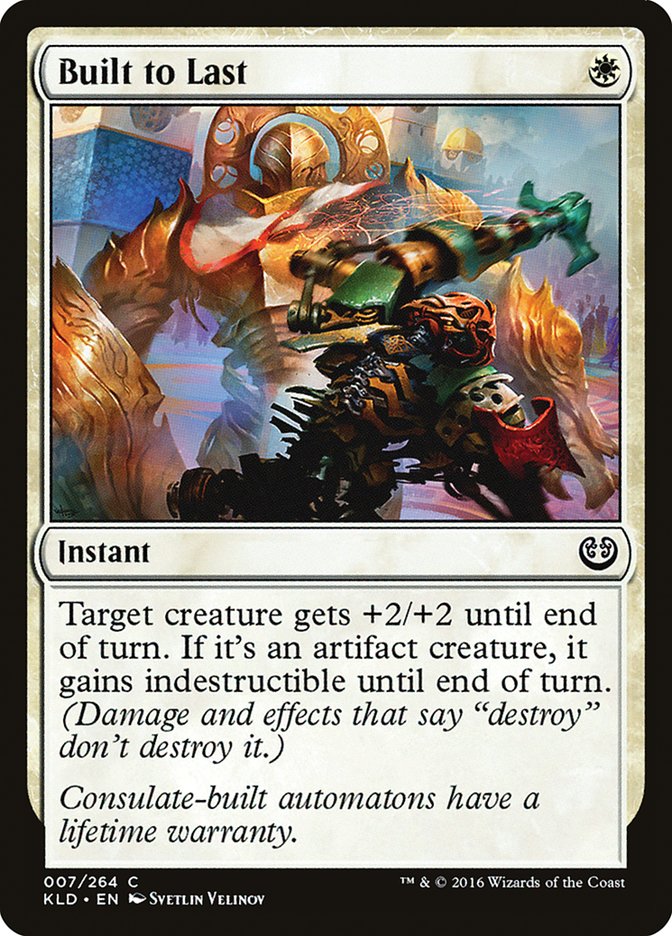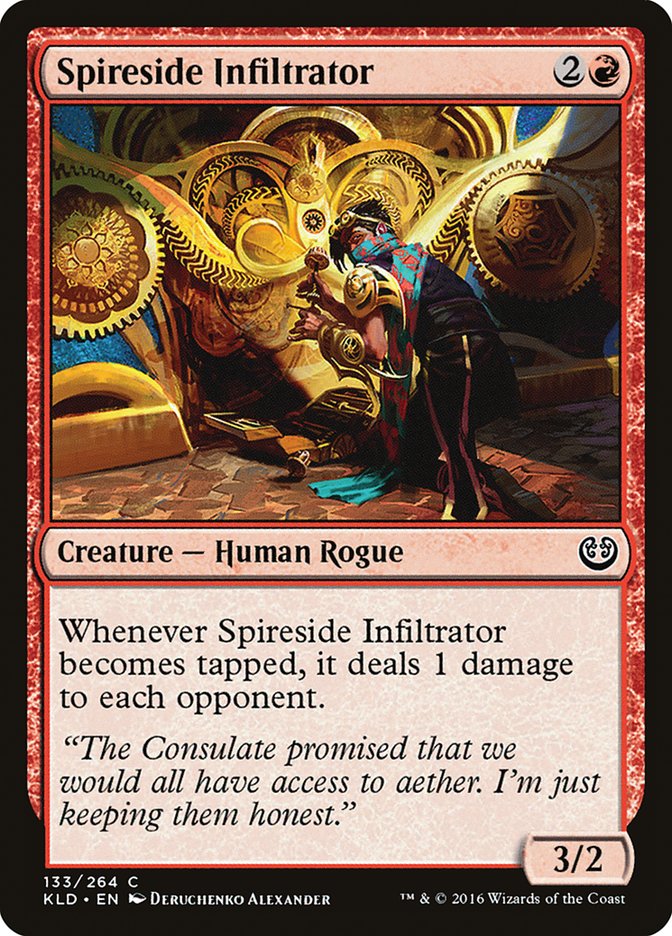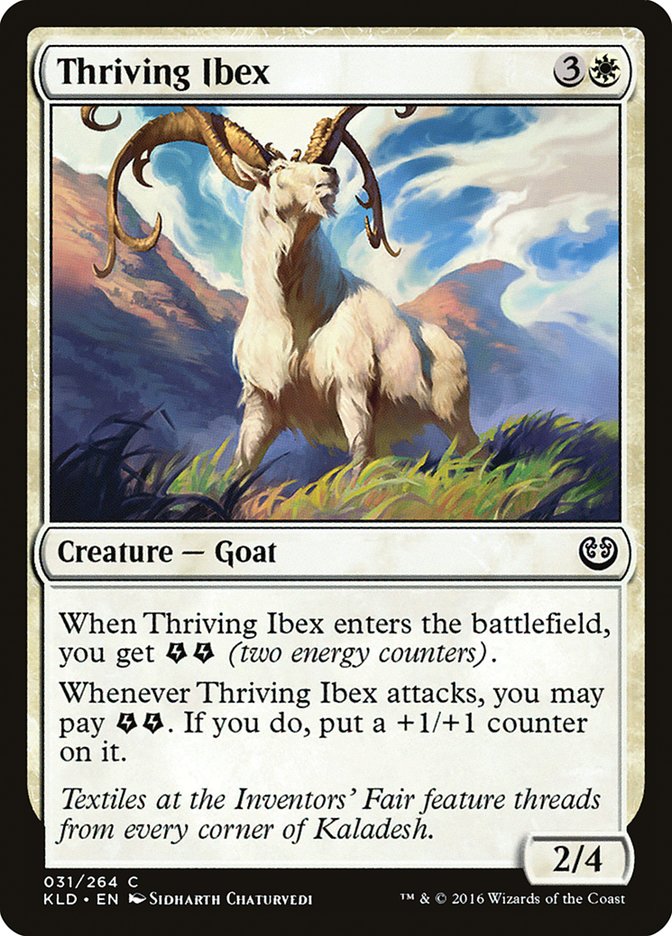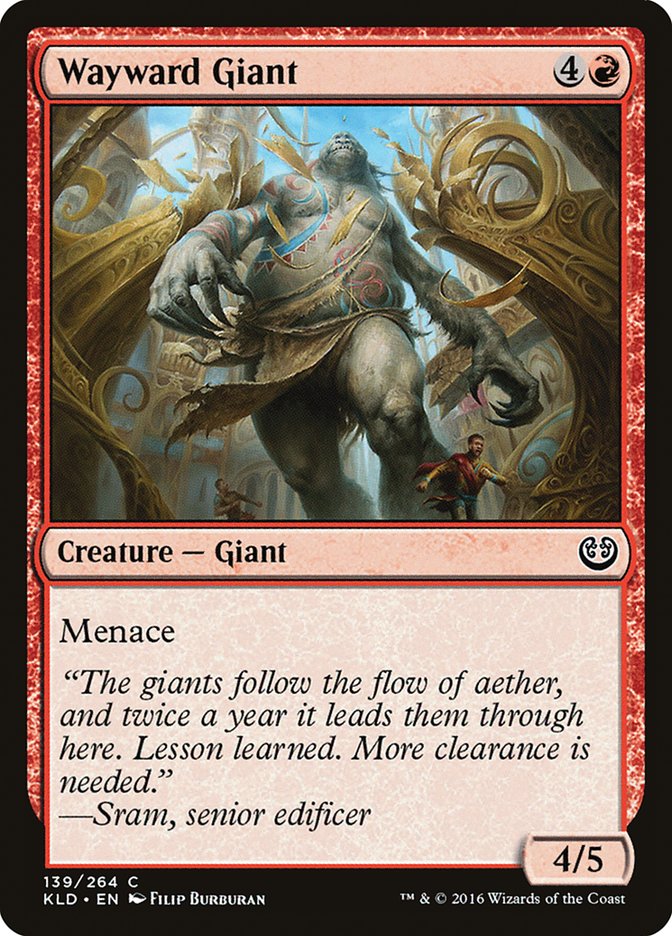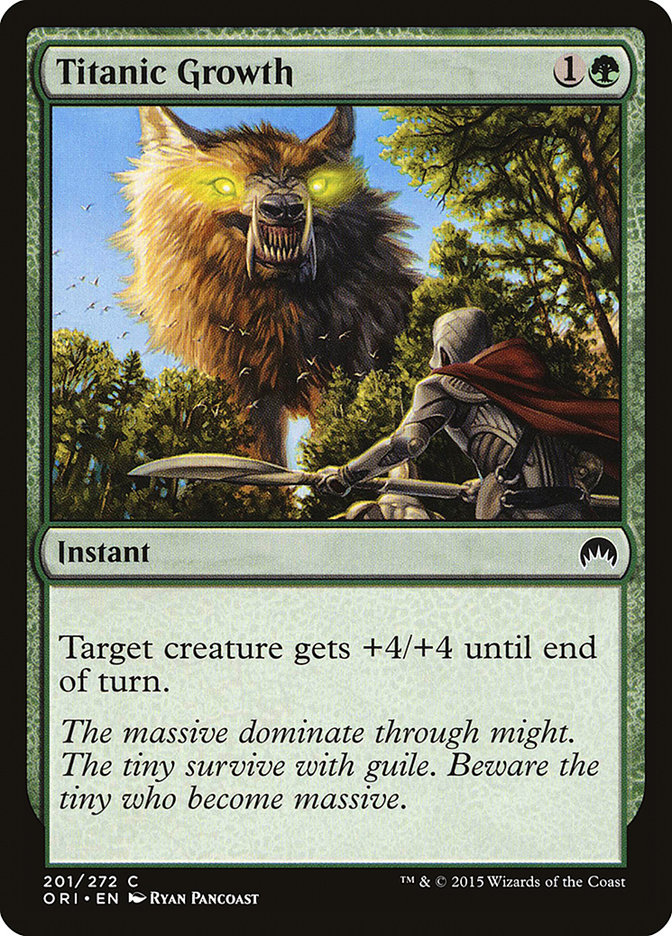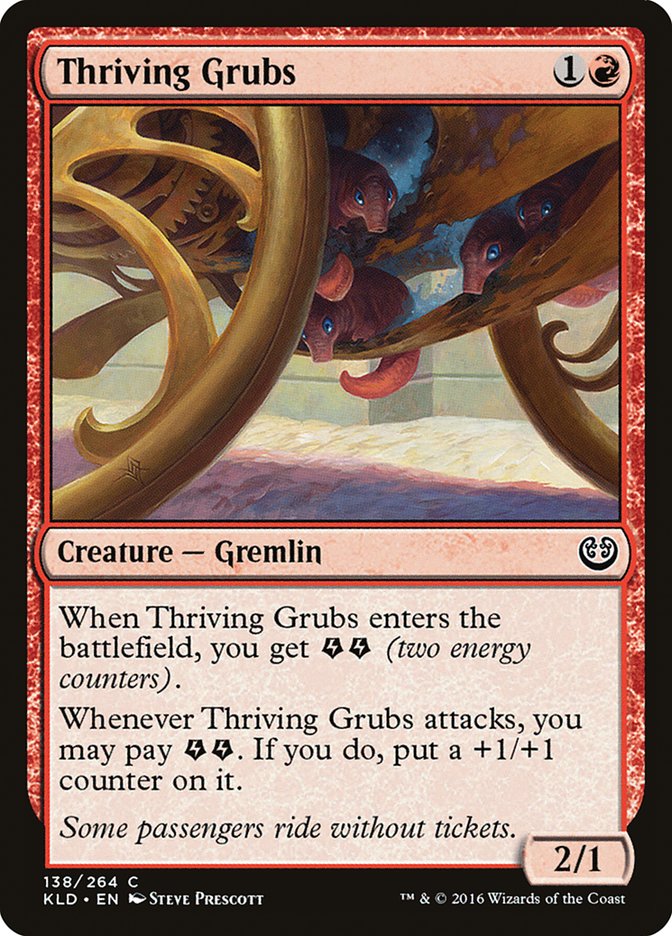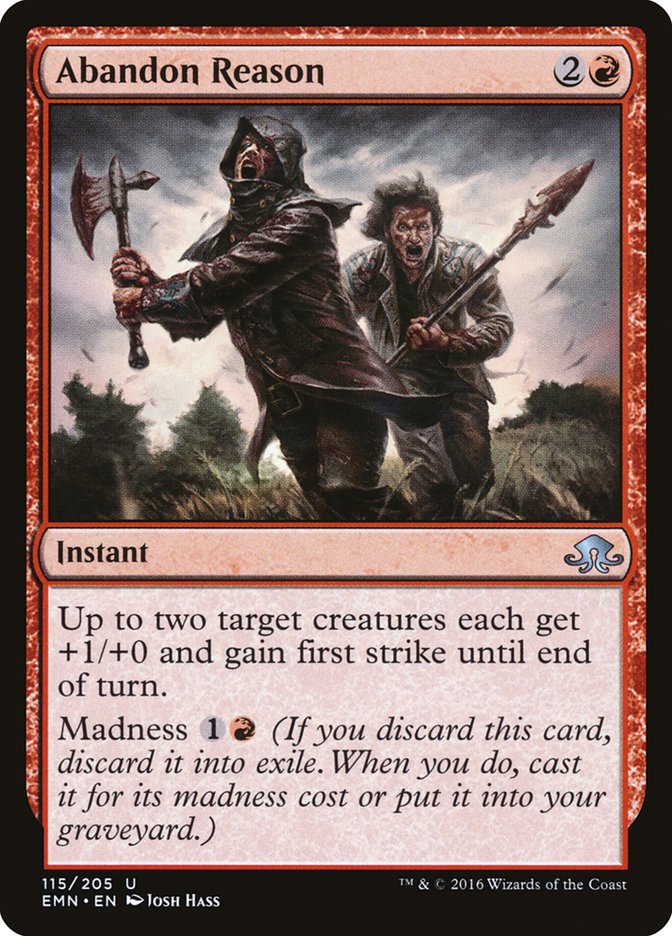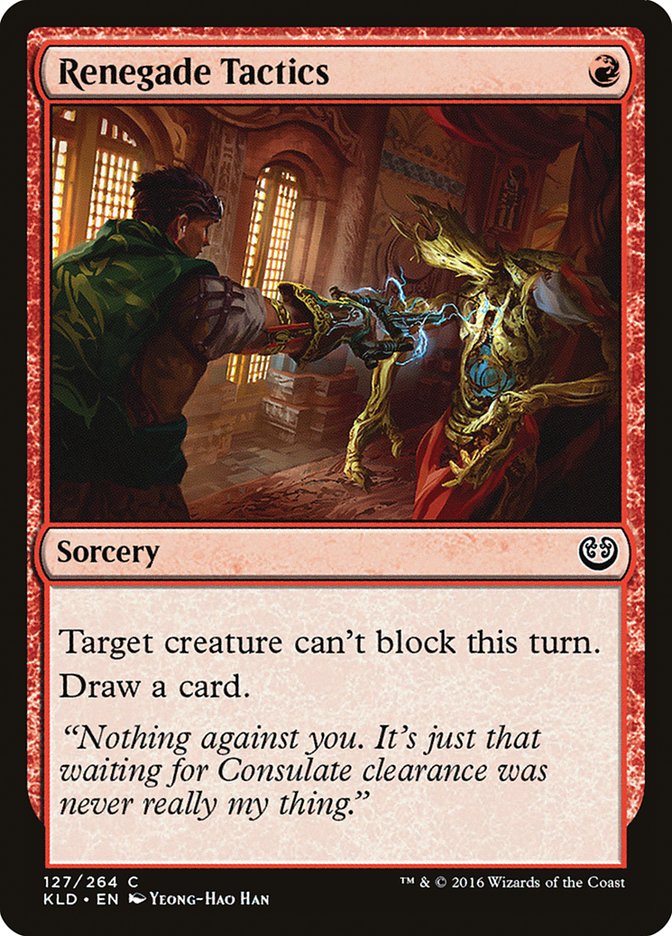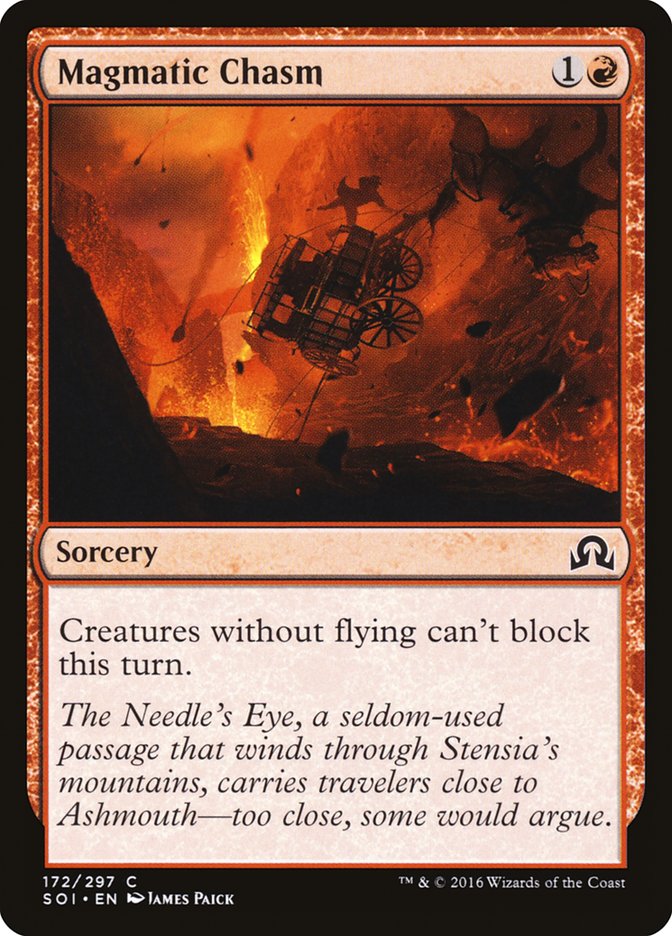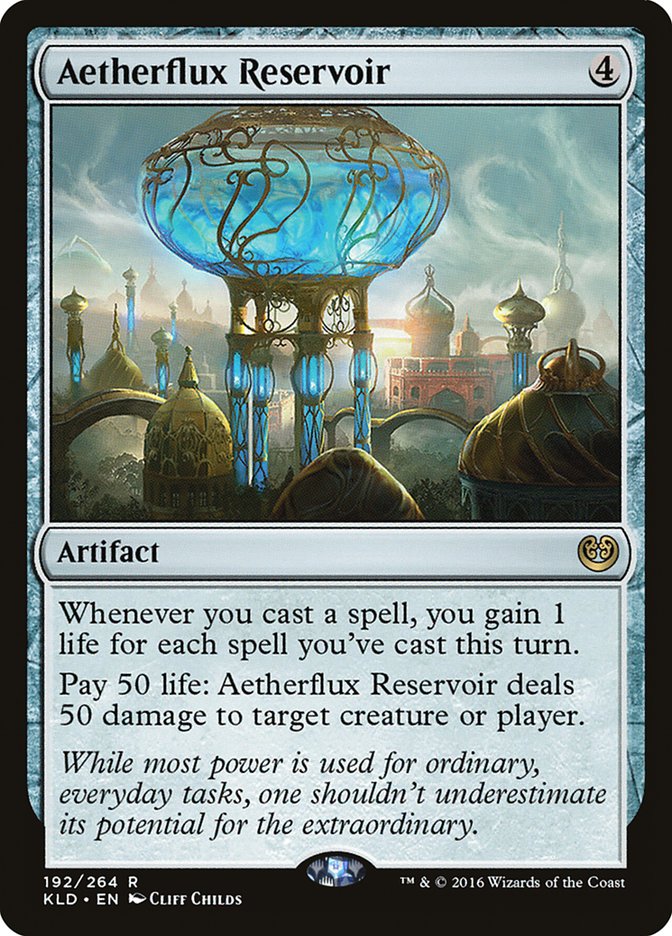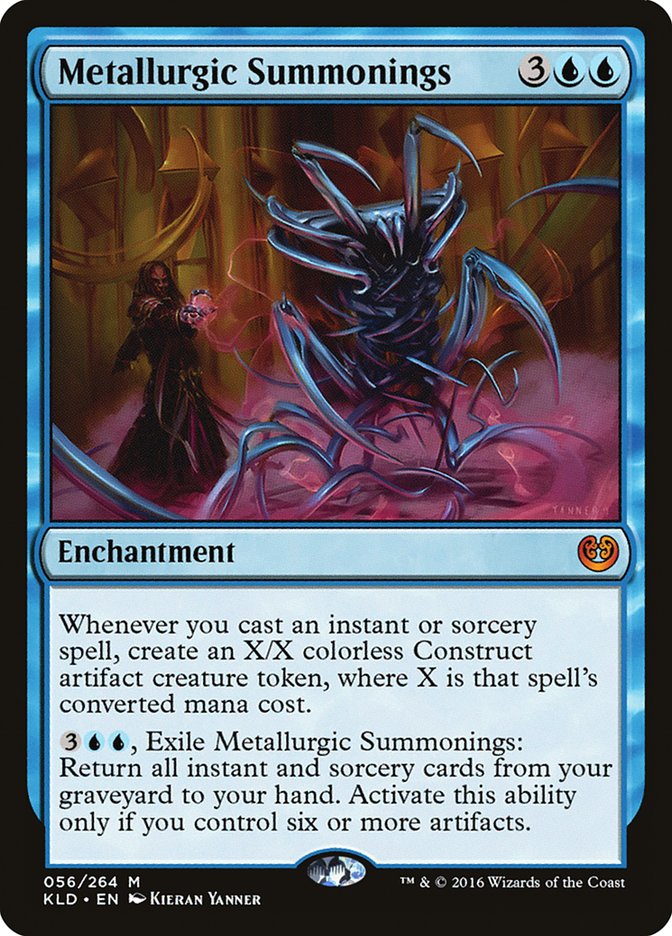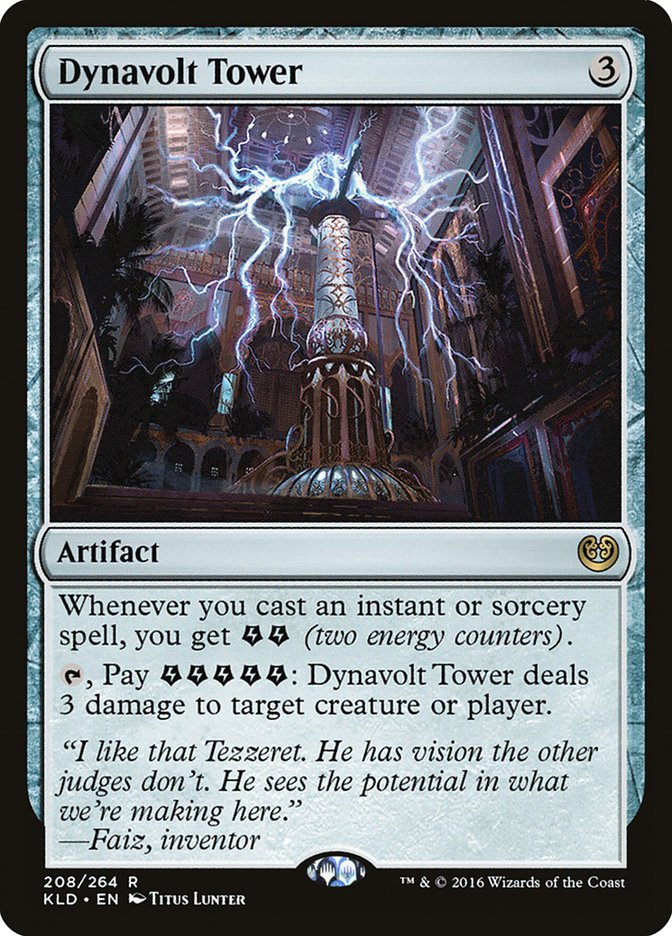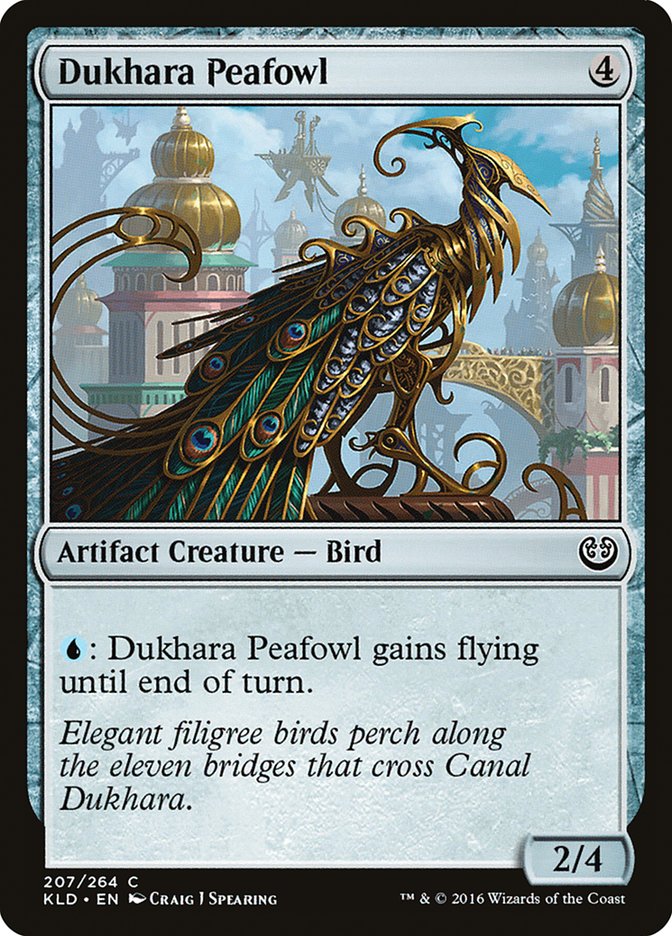In just under two weeks, Aether Revolt will be available to play for the first time at the Prelease. New cards are exciting and everyone loves handling new cards for the first time, but generally Sealed Deck is a format that gets undue grief.
The consistent complaint I hear about Sealed is the feeling of games that come down to “someone drew their rare” or “we both stalled and they drew a flier first.” There’s actually a lot you can do to make sure this happens as little as possible. You can’t always do anything about it, but you can minimize the odds. As a result, you will get to play more games where both players continue to take relevant actions, where more decisions and cards matter, and where the outcome isn’t just flipping cards off the top until someone hits their Ace of Spades.
This article is here to teach you how to play the most “actual Magic” at your Prerelease events.
Understanding Plans
The core issue is that Sealed is the format most likely to produce games where you and your opponent are trying to do the same thing with few functional differences in card power and with few ways to break parity.
In the end, there are only a few core ways to break parity. You won’t always get the choice of what options you have available, but you can select your filler cards to maximize the plans you are executing. You need vision in your execution, and each route to victory requires a different approach.
Rares
The first plan involves have some crazy good rare. Congrats! You did it!
Now for the questions.
Is your rare just a very powerful card, or one that legitimately takes over and obsoletes the rest of a game? One common mistake is building an entire deck to support drawing a rare that is “just very good.” A Combustible Gearhulk drawn on turn 12 on a stalled board is going to be very good and make its caster likely to win, but it isn’t immediately crushing the game. Building your deck for the eventuality of finding it is not going to result in an assured victory. A Rashmi, Eternities Crafter or Aethersquall Ancient, on the other hand, will win the game almost immediately. Building a deck that isn’t great at winning the game without one of these rares but is very good at not dying (or finding one of them) will work fine.
One consideration when you have that dominating rare that you build around is playing around opposing removal. They will have an answer somewhere and will be trying to line it up with your best card. When you build these “bomb or bust” decks, any time your bomb isn’t inherently hard to interact with (Startled Awake from Shadows over Innistrad), you want to have a couple ways to protect or recur it when the worst happens. Both of my Pro Tour Kaladesh draft decks were G/U control with Oviya Pashiri, Sage Lifecrafter, and I specifically made sure both decks had a couple cards like Aether Tradewinds, Paradoxical Outcome, or Blossoming Defenses so I could set up a true control game and protect my finisher when it landed. Sealed won’t always give you the same options, but if you have that Skysovereign, Consul Flagship in your black deck you might want a Dukhara Scavenger or Fortuitous Find as your last card.
Don’t fall into the win-more trap either. If your rare is good enough to win the game on its own, you don’t need to make it better. When you cast Verdurous Gearhulk, you don’t need to make a bunch of extra Servos with Animation Module to win the game. Not that Animation Module isn’t still potentially good, but just playing it to enhance your already insane card is not worth it.
On the flip side, make your rare actually do its thing. If it requires some kind of help to win, make sure it has it. Play enough creatures to have three power to activate Skysovereign, Consul Skyship regularly. Play other energy generating cards to sink into your Multiform Wonder. Make sure your-win-the-game rare actually, you know, wins the game.
Evasion
Another way to break Sealed parity is via evasion. Creatures that are hard to block are an easy way to win the game and create a focal point of “answer this or die.”
Menace is not true evasion. You are looking for cards that continue to attack and deal damage over time, not ones that merely make a combat tricky to figure out.
The key with evasion is that you are making the game about time. You will keep attacking and dealing damage. After some known number of turns, the game will end. Your goal is simply to survive that many turns; your generic spells and creatures should play to this role. Note that many of these time-centric cards are negative card advantage and that too many can lead to hands that spew off cards to tread water and eventually lose; however, when you have evasive creatures and your last two-drop is between a generic Grizzly Bear that likely won’t win the game and a Consulate Skygate, opt for the blocker.
Big Stuff
The third way to break parity is have more big things than your opponent. Note I said “more big things.” Having multiples a game is a big part of this. This is some classic Alpha Tyrranax logic.
You’ve taught us so much.
Forcing them to double block and lose two creatures is Divination. Eventually, they’ll run out of blockers.
Now then, when your plan is “play five-drops until they die,” understanding combat is pretty important.
The first thing: When you can make trades with your small creatures leading up to your chain of monsters, do so. Your opponent is going to have creatures, and your end game looks something like “I have a 4/5, they have a 2/2, so I win.” So you have to make good exchanges. The biggest threat to a 4/5 is getting double blocked by a 2/2 and a 3/3 and trading down, but if their 2/2 traded off three turns ago you now have a 4/5 crushing through a 3/3.
You will win easily.
The danger of this is that turning the game into a race can get dangerous. The downside of expensive creatures is you can get exploited by the tempo strategies. You spend a whole turn casting Cowl Prowler, then they spend half a turn answering it and attacking you back. If you are attacking to provoke trades, try to make attacks where their return swing is also a trade situation or they have to use their tempo spell to stop it. This is a complicated way of saying “curve out and keep casting big stuff,” but understanding why can help you make the turn-by-turn plays that define a game.
The one other note when playing these bulky decks is to properly utilize your combat tricks. Don’t play them to save things that don’t matter early on. Your 2/2 or 3/2 isn’t how you are winning the game unless you really need it to play defense for another turn. Save them to win the later combat that matters. Turn that double block into a disaster. Or if you have backup monsters, let the double trade happen and save the trick to break through the rogue 6/6 they might trade later.
Aggression
There’s an old adage about Sealed that if you lack all the other good ways to compete heads up you should aim low with beatdown. They aren’t wrong, and sometimes aggression is even good by default in a format (Kaladesh was certainly this way). Still, being aggressive takes the same vision as all the other plans if not more.
The key to aggro in Limited is always the same: You will have a constant advantage in odds of curving out and will be ahead in the early game. Then sometime around turn 4 or 5, things will turn and your two- and three-drop advantage will be stalled by slightly bigger creatures. How do you handle this?
Removal is a good start, but be aware not all removal is equal here. You care most about big things, so your removal should handle them. Small ball removal like Die Young is going to be fine, but it isn’t actually supporting your plan. How big of a difference is playing Die Young on their two-cost creature as opposed to just attacking and playing a different card with power and toughness? Not a lot.
Combat tricks are great, but be aware that they have to serve a purpose. Your tricks should either be mana efficient or big.
The point of mana-efficient tricks is to set up early game turns where you win combat against their blocker and also deploy another creature. These tricks need to be cheap, usually one mana, and make sure the creature you play them on survives combat. You also want to be heavy on two- or three-drops so you can make two spells in a turn happen.This is also dependent on your early drops hitting hard enough to close out.
Thriving Grubs will make this work; Goblin Pikers probably won’t.
Bigger tricks are ways for your smaller, less expensive creatures to win a fight against the larger threats your opponent will eventually deploy. If it isn’t cheap, it better make your 2/2 or 3/2 win the fight against a 4/5.
This is why a card like Abandon Reason wasn’t as good as it looked. It didn’t break through big things, and it didn’t make early trades at a good enough rate to let you pull ahead.
The final category of spells aggressive decks are looking for are finishers. Sometimes you won’t be able to break through, but your initial wave will have reduced your opponent to a low enough life total that one well-timed breaker will end the game.
The thing to think about is whether your breakthrough card actually breaks through. Depending on how things shape up, pushing one blocker out of the way might not be enough to win. Sometimes a temporary way to handle two blockers isn’t enough. If you aren’t sure, lean on the card that does it bigger and better.
There are a lot of format specifics that define how good aggression is in the format relating to creature size. How fast do low-end creatures kill? How well to they pair up against larger things? What breakthrough options exist? At the Prerelease, it is going to be hard to tell all of these things. As a result, I can’t recommend breakthrough aggression as a default plan unless you have really studied the set. If you just want to play some matches, look for the other ways to win first and get aggressive if your pool needs to lean that way.
Plan Overlap and Adjustment
When you build a Sealed deck, you don’t have full control over everything. Your deck might execute one of these plans, but often you will have some cards in each category and you will draw a mix of them each game.
When this happens, bias towards the cards that are more flexible in function. If your deck is a bit of aggro and a bit of evasion, you want less Select for Inspection and more Inspired Charge. Then when you actually draw your hands and play the games, you can play to the cards you have that time around. If you curve out and they don’t, you can use your combat trick to break through their giant monster; however, if things are the other way around, you can use it to make your big monster win in the double block. Plan reevaluation is hard, but it starts by knowing what your viable plans are.
One special note for the Prerelease: In any Sealed event without deck registration you are allowed to rebuild your deck between rounds! If your first pass didn’t turn out so great, don’t feel terrible and trapped into playing it more. Try something new and see if a different approach ends up better. Some of you will have the small percentage of Sealed decks that really can’t be helped, but most of the time, a new approach can make things click in ways your first pass didn’t find.
The Danger of Careful Path to Doing Cool Things
You will open awesome, weird new rares at the Prerelease. I’m not going to tell you not to do the cool thing. It’s the Prerelease. If there’s any time to try new stuff, it is now.
That said, this is how you can make sure your cool thing deck isn’t a total flop.
First of all, there is a limit on how wild you can get. Limited is still Limited. There will always be cards for Constructed only.
Powerful.
The bar is high but not that high. If it’s a rare or mythic that isn’t directly supported by the mechanics of the set, that’s the hint that you need something special going on to make it happen.
What about the cards with a lower cap or that fit into the set mechanics? Here’s how you build a good Sealed deck for them.
Figure out what the high end estimate of your build-around is. If it is a game-crushing, easy win when it gets going, you can skew a lot more of your deck towards it than if you are just getting good value on it. A common trap is getting super excited about a card, building your entire deck to emphasize it, then realizing that even when you cast it you aren’t making up for the card quality lost in how you supported it. Contingency Plan to find Rise from the Tides worked because a ton of Zombies ended the game. Contrast that with tons of piecemeal nonsense put together to make Dynavolt Tower a complex Lightning Bolt.
In cases where your card is low ceiling but you still want to play it, it’s fine to be a little light on support just to learn. Better to draw a sometimes bad rare and learn you are under the limit than always draw bad cards and play lots of non-games. You have the dream of doing the thing both ways!
It is important to realize you are going to be using all of your normal nonsense slots and more on these cards. Every situational card you might play that doesn’t overlap with the core synergy should be under heavy scrutiny. Continuing with Dynavolt Tower, your Sky Skiffs should not be making the cut. Inefficient creatures fall into a similar category. Sorry, Nimble Innovator.
This was one of the great parts of green being a part of many of the Kaladesh build-around decks (counters, energy, fabricate nonsense): Your “average” creatures all held their own on the battlefield and often bought you time to mess around on sheer rate and/or size.
In summary, Dukhara Peafowl is the gatekeeper to doing awesome stuff. Class is dismissed.




